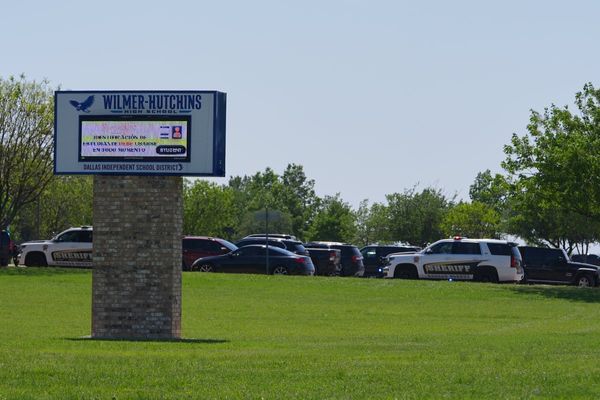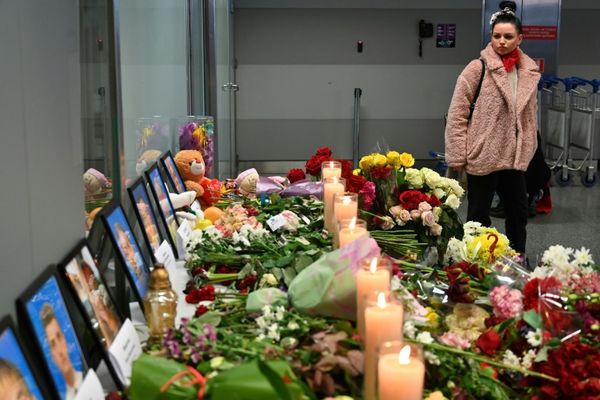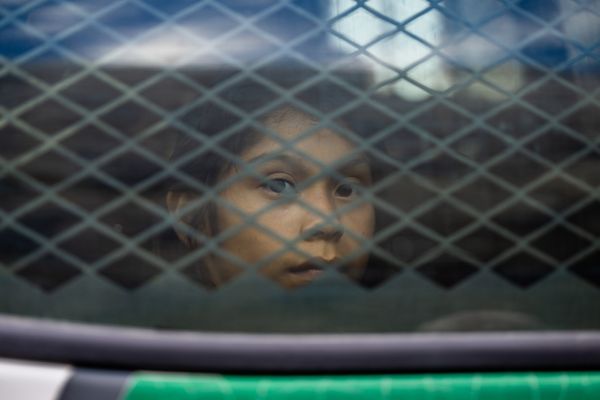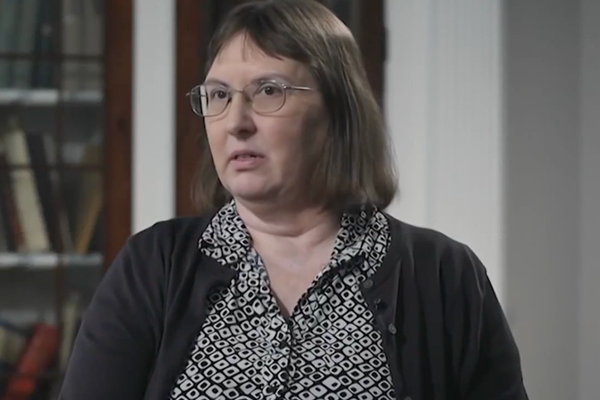A Delta Airlines flight crashed and flipped onto its roof while attempting to land at the Toronto Pearson International Airport on Monday afternoon, injuring several passengers.
Officials said all 80 people on board the aircraft were evacuated. Twenty-one people were taken to the hospital, and 19 have been released as of Tuesday, according to Delta. Now, investigators are looking into how the crash could have happened.
Here’s everything we know about the crash:
What happened?
Delta Flight 4819 crashed while landing on a snow-covered runway in Toronto at 2:15 p.m. local time on Monday after taking off from Minneapolis, Minnesota.
The jet, a Bombardier CRJ-900, turned completely upside down on the runway.
Passenger John Nelson told ABC News the crash itself was quick, and that there was “no warning” beforehand.
“It was just incredibly fast. There was a giant firewall down the side. I could actually feel the heat through the glass,” Nelson said. “Then we were going sideways. I'm not even sure how many times we tumbled, but we ended upside down.”
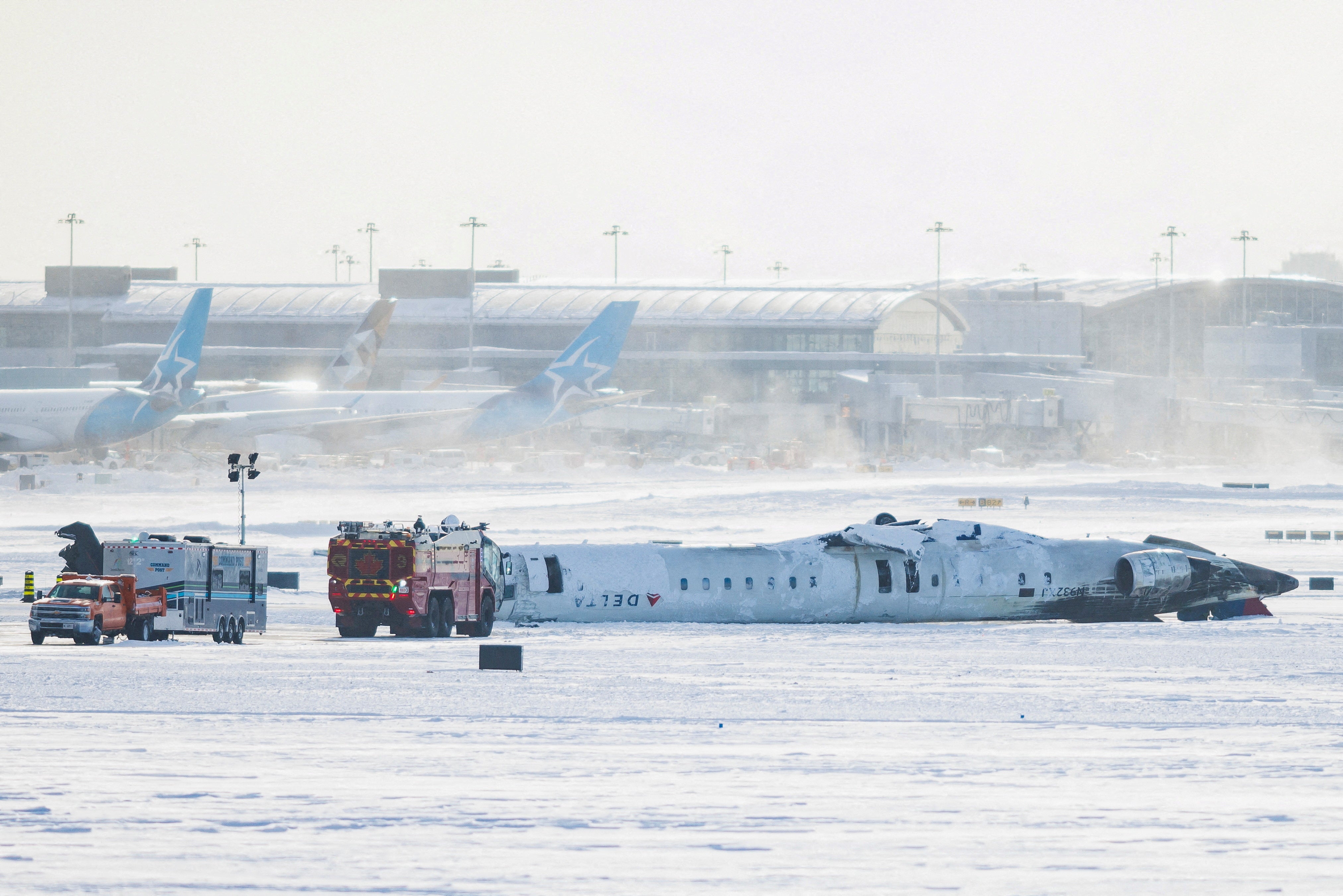
The plane was mostly silent once it came to a stop as everyone on board tried to “make a sense of what just had happened,” Nelson explained
“We released the seat belts. I kind of fell to the floor, which is now the ceiling, and helped the lady next to me get out of her seat belt,” he added.
Peter Koukov, who was also on board the plane, told ABC News passengers were left hanging from their seatbelts “like bats.”
“We hit the ground and we were sideways, and then we were hanging upside down like bats,” he said. “It all happened pretty, pretty fast. The plane was upside down, obviously, some people were kind of hanging and needed some help being helped down.”
CNN obtained audio from air traffic control between the controller and the pilot of another nearby Medevac flight.
“LifeFlight 1, Medevac, just so you are aware, there are people outside walking around the aircraft there,” the controller said.
“Yeah, we’ve got it,” the Medevac pilot responded. “The aircraft is upside down and burning.”
The wreckage will remain on the runway while investigators review the incident, Greater Toronto Airports Authority CEO Deborah Flint said during a press conference Tuesday.
Who was injured?
All 80 people onboard - 76 passengers and four crew members - were evacuated from the aircraft, the Federal Aviation Administration said shortly after the crash. Video footage showed passengers and crew clambering out of the upside-down plane’s emergency exit as smoke bellowed from the aircraft.
Twenty-one passengers were taken to nearby hospitals Monday, Flint said Tuesday. Their injuries ranged from minor to critical but not life-threatening, she said.
The most common injuries among passengers included back sprains and headaches, officials said Tuesday. Some also experienced nausea and vomiting due to fuel exposure.
Medical transport company Ornge reported three people suffered critical injuries: a man in his 60s, a woman in her 40s and a child. Their identities have yet to be released.
On Monday evening, the city's SickKids hospital said that the child it had received was in good condition but could not provide further information.
Joshua Schirard, a commercial airline pilot, told CNN that the flight attendants are to be commended for ensuring everyone on board was evacuated.
“The flight attendants, and how well trained they are, to be able to get everyone out,” Schirard told CNN. “Everyone thinks that they're there to just serve drinks and snacks when that is absolutely not the case. I guarantee you that it was their efforts to get those people out and to act as first responders on the scene, to make sure that everyone survives.”
Experts also say the plane’s “crashworthiness” — that is, design features that make aircraft as “survivable” as possible during a wreck — helped ensure all 80 people lived, The Washington Post reports.
“Crashworthiness is what would have made sure the seats didn’t detach from the floors and that the lap belts kept the passengers secure,” Graham Braithwaite, director of aerospace and aviation at Cranfield University, told the Post.
Braithwaite echoed Schirard’s point, noting the flight attendants played a key role in everyone’s safe passage off the plane.
“These people put their lives on the line — they’re the last people off the airplane, and I think sometimes we forget that,” Braithwaite said.
Flint praised the “textbook response” from crew and responders to ensure the passengers were safe.
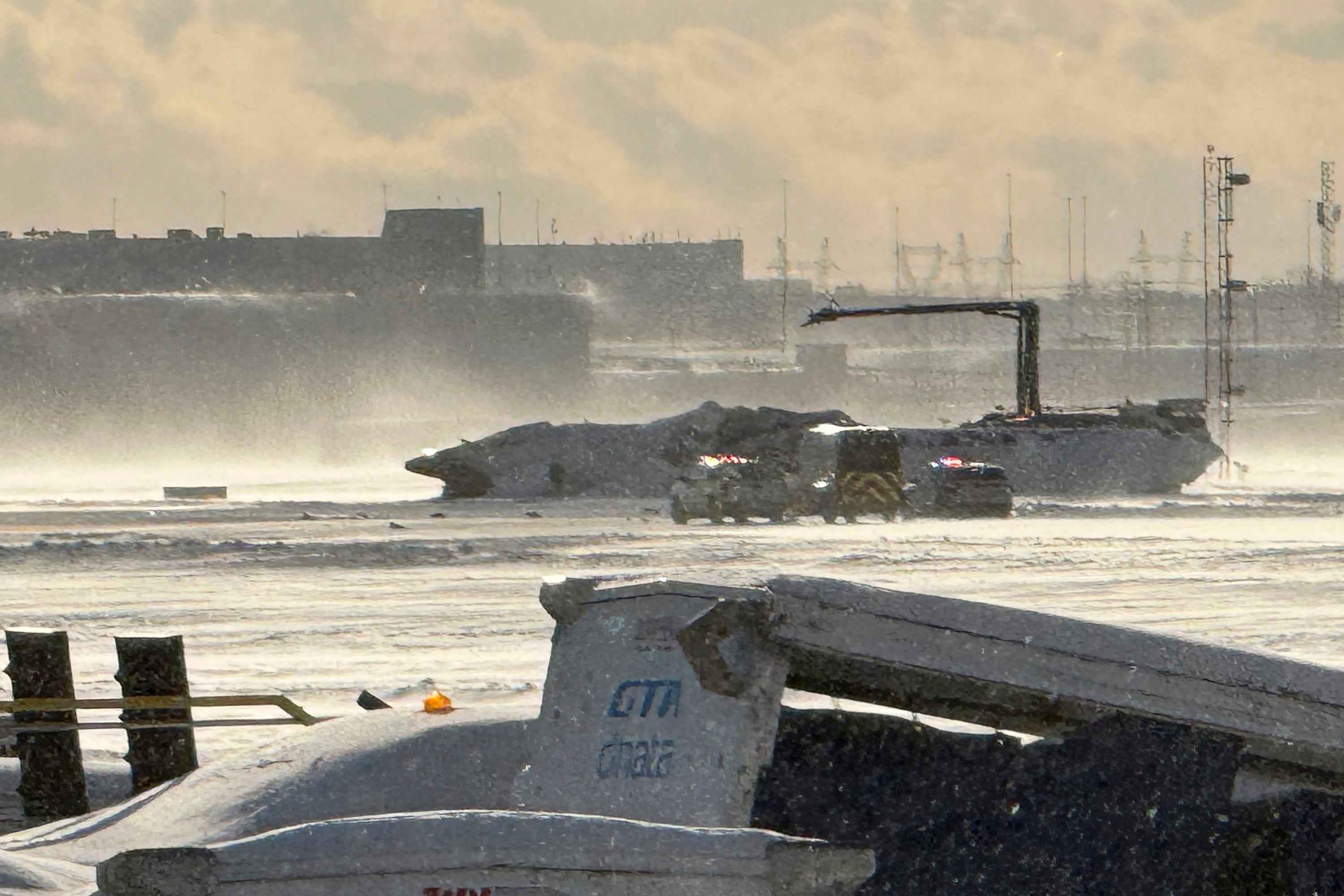
How did this happen?
The exact cause of the crash is unclear, and the Transportation Safety Board of Canada is set to lead the investigation.
“The NTSB is leading a team of U.S. investigators to assist the Transportation Safety Board of Canada with their investigation of today’s accident of a Delta Air Lines Bombardier CRJ900 at Toronto Pearson International Airport,” the FAA said in a statement. “Per international protocols under the International Civil Aviation Organization's Annex 13, any information about the investigation will be released by the Transportation Safety Board of Canada.”
However, experts say the weather — and especially the wind speeds — may have played a role. The region saw a snowstorm that brought more than eight inches of snow this weekend, while Monday brought a high temperature of just 20F and wind gusts up to 38mph, according to The New York Times.
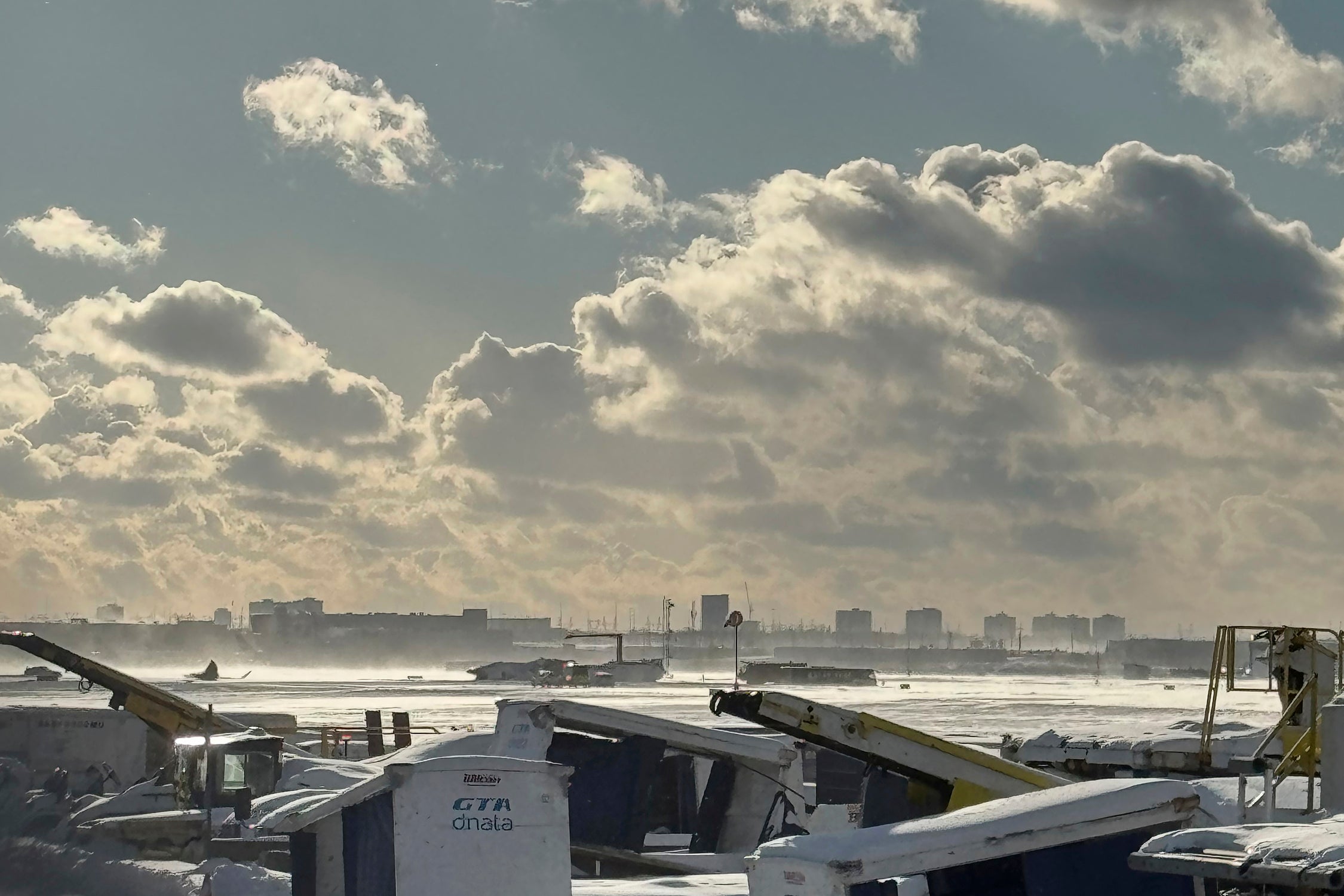
Bombardier CRJ-900s, the type of plane involved in the crash, are built to withstand crosswinds of 35 knots, Schirard told CNN. The crosswinds that hit the plane at a 45-degree angle were only around 23 or 24 knots, he said.
Schirard said these winds, despite being within the plane’s limit, may have still played a role when coupled with the snow and ice on the runway.
“[The crosswind] is within those demonstrated components. And the pilots knew that coming in,” he told CNN. “Now...that doesn't make it easy landing.”
“When they're coming in and they're trying to land in that crosswind, and then we couple that with the snow and the ice...If they hit a solid patch of compressed snow, ice on that runway, coupled with a strong dressing crosswind, it could absolutely load them off the side of the runway,” he continued.
Mary Schiavo, former inspector general at the U.S. Department of Transportation, agreed that the winds may have played a role.
“There is a decision point at which you have to land no matter what…and if that's where they were when they got these bad crosswinds, they had no choice,” she told CNN.
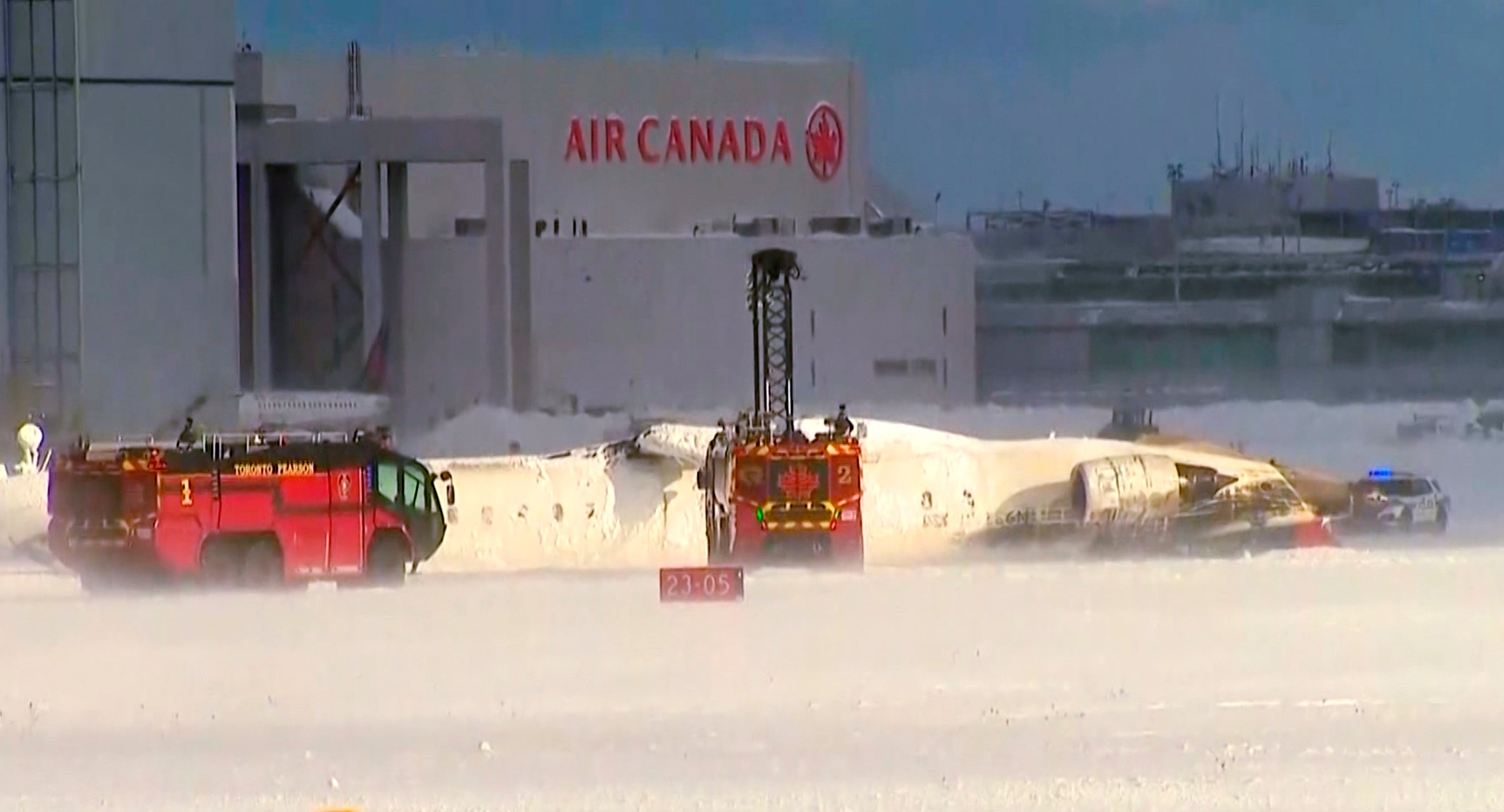
What have officials said?
The FAA issued a ground stop after the crash. Flights resumed at 5 p.m. local time Monday.
Canadian transportation minister Anita Anand said she’s “closely following the serious incident.” Transportation Secretary Sean Duffy said he’s in touch with Anand to “offer assistance and help with the investigation.”
Meanwhile, Delta acknowledged the incident in a statement.
“Initial reports were that there are no fatalities. Several customers with injuries were transported to area hospitals. Our primary focus is taking care of those impacted,” the airline said.
“The hearts of the entire global Delta family are with those affected by today’s incident at Toronto-Pearson International Airport,” Delta CEO Ed Bastian said in a separate statement. "I want to express my thanks to the many Delta and Endeavor team members and the first responders on site."
Minnesota Governor Tim Walz is also monitoring the situation, he said on X.
“I’m in touch with Delta after a flight taking off from MSP crash landed in Toronto this afternoon,” Walz wrote. “Grateful to the first responders and professionals on the scene.”
Doug Ford, premier of Ontario, said he’s “relieved” there have been no reported casualties so far.
“Provincial officials are in contact with the airport and local authorities and will provide any help that’s needed,” Ford said.
Toronto Mayor Olivia Chow made a similar statement: "I’m relieved to learn that all passengers and crew are accounted for after today’s plane crash at Toronto Pearson. Thank you to the first responders, crew and airport staff for their quick actions and commitment to keeping everyone safe."
